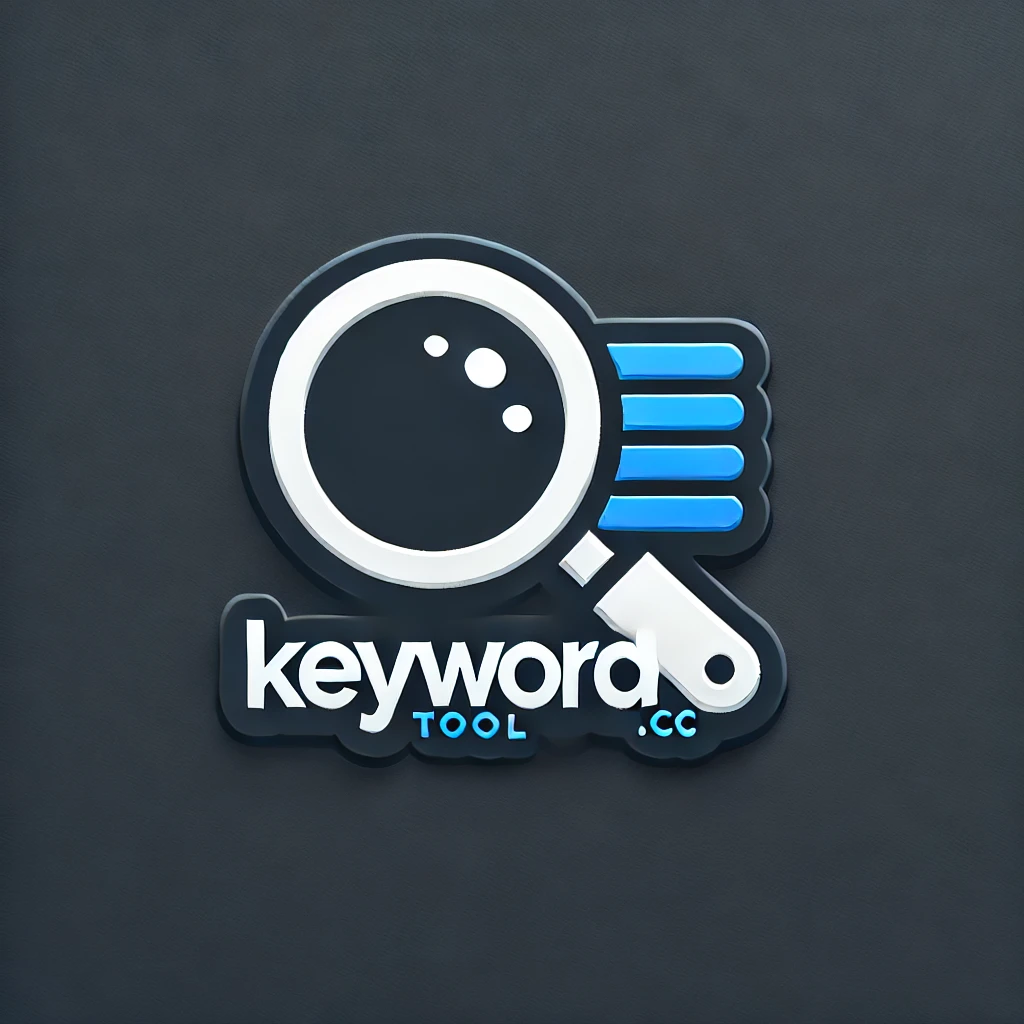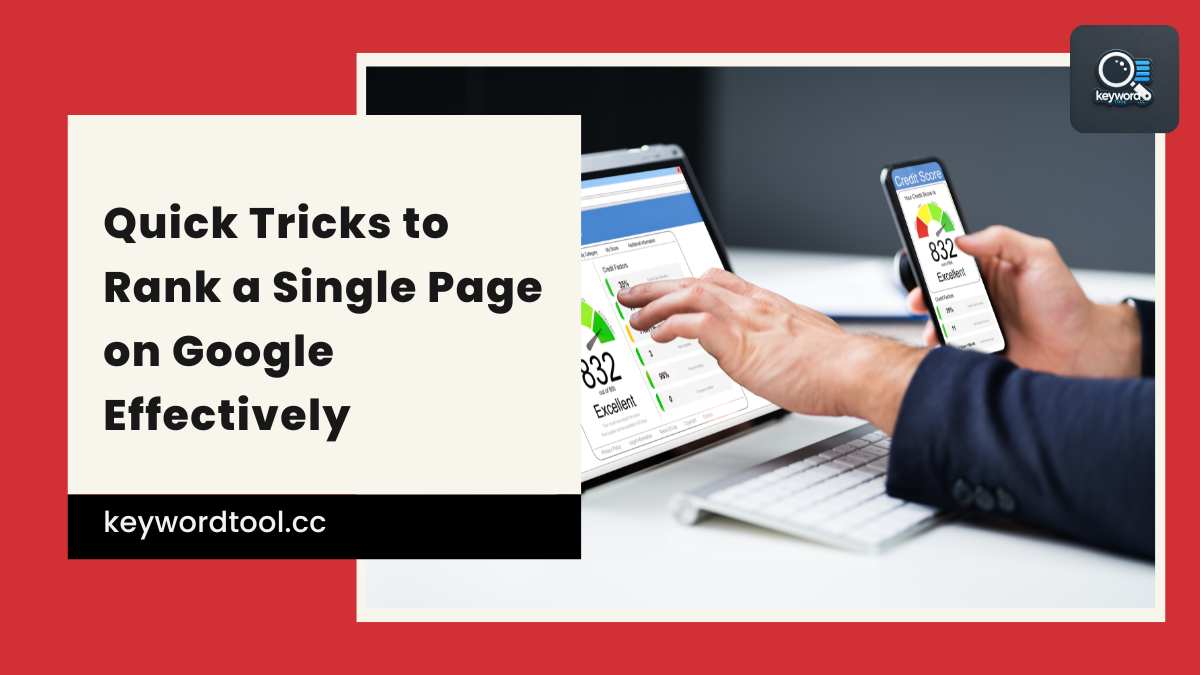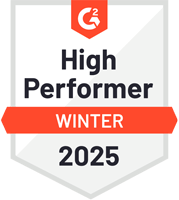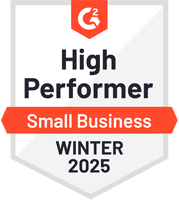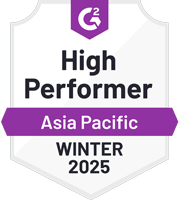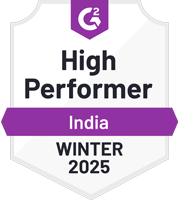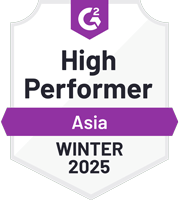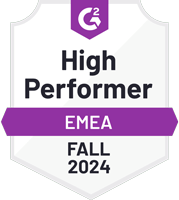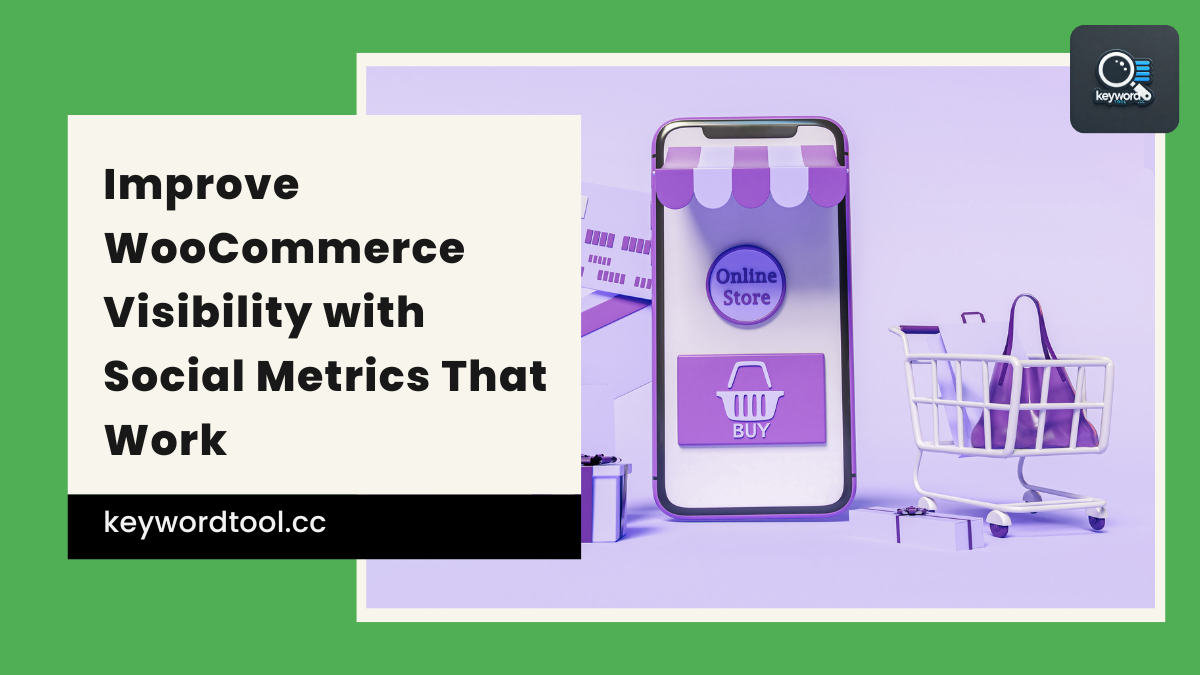Trying to rank a single page on Google without pulling your hair out? You’re not alone. Whether you’re pushing a product, a lead magnet, or just showing off your best blog post, getting one page to climb the search results takes more than luck and a few keywords. It’s about smart moves, quick tweaks, and knowing what actually works—without needing a 50-page SEO plan. This guide skips the fluff and gets straight to the stuff that makes Google (and maybe your analytics dashboard) smile. Ready to make one page do the heavy lifting?
Target One High-Intent Keyword
Trying to rank for everything at once is like shouting in a crowded room. Nobody hears you clearly. Pick one keyword that matches what your audience actually wants. That’s the trick.
Let’s say you’re writing about healthy snacks for busy parents. Don’t try to rank for “snacks,” “healthy food,” and “parenting tips” on the same page. It spreads your message too thin. Instead, go with something like “easy healthy snacks for kids.” That’s focused, specific, and shows clear intent.
High-intent keywords signal that someone is ready to act or learn more right now. These terms often include words like “buy,” “learn,” “best,” or longer phrases that show purpose—like “how to create a content calendar.” When you aim your content at one of these terms, Google can better understand the topic of your page.
This also makes tracking easier. You’ll know exactly which term brought users in and how they engaged with the content. Tools like Keyword Tool help here by showing real performance data—not just from Google, but also social platforms—so you can see where things click best.
If you’re not sure where to begin, there’s a Free 14-Day Keyword Challenge. Over two weeks, it helps fix hidden issues and gives clear steps each day so you can rank a single page more effectively without second-guessing yourself.
Optimize On-Page Elements Thoroughly
Want to rank a page on Google without playing the guessing game? Start with your on-page elements. These parts of your content may seem small, but they carry serious weight when it comes to search visibility.
Begin with your title tag. Make sure it includes your main keyword and stays under 60 characters so it doesn’t get cut off in search results. Keep it clear and direct — no fluff. Next up is the meta description. Although this doesn’t directly boost rankings, a strong one can increase clicks from users who see your result on Google. Aim for around 155 characters and include a reason someone should visit your page.
Don’t forget headers (H1, H2s). Your H1 should match the page topic exactly — don’t overthink it. Use secondary headers to organize sections clearly, each one supporting the main idea while also using related terms where they fit naturally.
Now let’s talk about image alt text. This isn’t just for accessibility — search engines use alt text to understand what an image shows. Describe each image plainly using relevant words tied to your topic. Avoid stuffing keywords; instead, keep descriptions short and meaningful.
Lastly, check that your URL is clean and readable. Remove extra words or numbers that don’t help explain the content of the page. A simple URL like `/on-page-seo-basics` works better than something messy like `/page?id=1234`.
If any of these steps feel unclear or you’re not sure what’s missing from your setup, start your Free 14-Day Keyword Challenge. It walks you through daily tasks designed to fix issues like these while helping you rank smarter.
Use Internal and External Links Strategically
Links aren’t just for keeping readers busy. They help search engines figure out what your page is about and how it connects to other useful info. If you want to rank a single page faster, start by linking smart.
First, look at your own site. You probably have older blog posts or resource pages that relate to the topic of your target page. Add internal links from those pages using natural anchor text. Don’t force it—make sure the link makes sense in context. This helps Google understand which pages support each other and gives more weight to the one you’re trying to push up the results.
Now zoom out. Find credible websites with authority in your niche. Link out to them when it adds value or backs up a statement you’re making. Let’s say you’re writing about SEO tools—linking to Google’s official documentation or a trusted research study shows that you’ve done your homework. It also tells search engines that you’re part of a bigger conversation, not just an isolated voice.
Both types of links add structure and trust signals for bots crawling your content. But here’s where many people miss out: they don’t track performance after linking strategies go live. That’s where something like 14-Days Journey to Better Rankings becomes handy without adding extra guesswork.
By following this free challenge from Keyword Tool, you get step-by-step tasks that show exactly how internal and external links impact visibility on Google—and not just in theory but through real tracking on Focus Pages.
Want hands-on guidance? Your 14-Day Keyword Challenge is waiting.
The goal isn’t stuffing every post with random URLs—it’s being intentional with how each link supports the main idea while helping both users and algorithms move smoothly through content paths.
Build Quality Backlinks to Rank a Single Page
Getting your page noticed by Google doesn’t always mean chasing hundreds of links. Sometimes, one or two strong backlinks from trusted sources in your niche can do more than a dozen weak ones.
Start by identifying websites that already talk about topics related to your content. These sites likely have an audience that would benefit from what you’ve written. Reach out with something useful—maybe a missing resource they could link to or an updated stat they haven’t covered yet. Keep it short, make it relevant, and don’t pitch like a robot.
Guest posting still works if done right. Write something practical for another blog in your space and include a link back to your page where it fits naturally. Don’t force it into the author bio alone—get it into the body if possible.
Also consider broken link building—it’s boring but effective. Find outdated links on other blogs and offer yours as the replacement. It helps them fix their site and gives you exposure at the same time.
If you’re not sure where to start or want steps that actually lead somewhere, there’s help available without guesswork. The Free 14-Day Keyword Challenge walks you through daily actions for ranking one key page fast.
This challenge also helps uncover hidden mistakes that could block progress even when backlinks come in strong. You’ll learn how each action affects rankings directly—no fluff involved.
When every backlink counts, knowing which ones move the needle saves time and energy—and keeps things simple without settling for less visibility than your content deserves.
Mastering the Art of One-Page SEO
If you’re aiming to rank a single page on Google, it’s not about throwing spaghetti at the wall and hoping something sticks. It’s about precision. By targeting one high-intent keyword, fine-tuning your on-page elements, building smart links, and investing in quality backlinks, you create a laser-focused strategy that gets results. And if you’re craving a hands-on way to put these tricks into action (without losing your mind), Your 14-Day Keyword Challenge offers just that—complete with step-by-step recipes to fix hidden issues and boost visibility fast: Join here.
